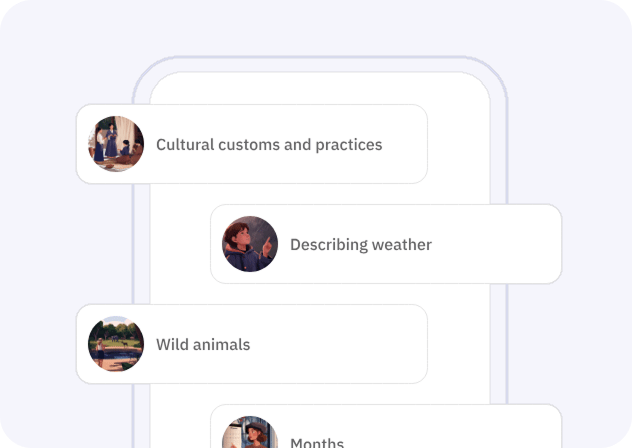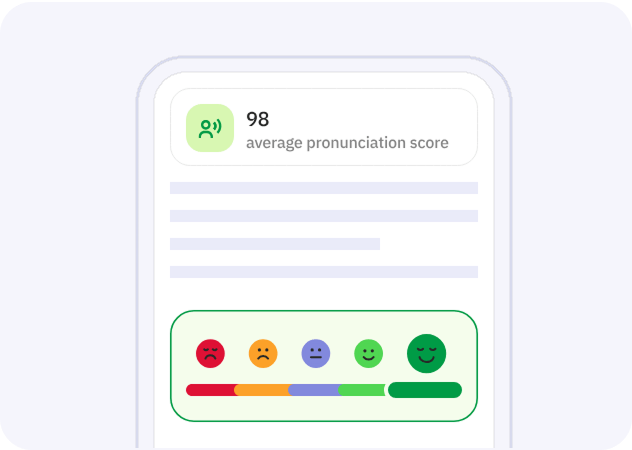Le verbe anglais "stamp" est un terme polyvalent qui peut revêtir plusieurs significations selon le contexte dans lequel il est utilisé. De manière générale, "stamp" signifie "tamponner" ou "estampiller". Cela fait référence à l'action de marquer quelque chose avec un sceau ou un tampon, souvent pour indiquer l'approbation, la date, ou pour valider un document. En outre, "stamp" peut également signifier "piétiner" ou "frapper du pied", décrivant ainsi le mouvement de taper fort du pied sur une surface, souvent par frustration, colère ou pour attirer l'attention. Le verbe peut aussi être utilisé de manière figurative pour exprimer une action énergique ou une forte impression laissée sur quelque chose ou quelqu'un. Ces différentes significations montrent la richesse et la diversité d'utilisation de ce verbe en anglais, rendant son apprentissage utile et pertinent pour ceux qui souhaitent maîtriser la langue.
She stamped her foot in frustration when she couldn't find her keys.
The officer stamps the documents with an official seal.
He has been stamping the envelopes all morning.
They stamped the ground to keep warm in the cold weather.
We will stamp the tickets as you enter the theater.
The children were stamping around in the puddles after the rain.
She stamps each page with a different color ink.
He was stamping his initials on the leather belt.
We have stamped this area as restricted.
If you don't stamp your ticket, you could get fined.
I stamp letters every day.
You stamp your documents carefully.
He stamps his passport.
She stamps her approval on the form.
It stamps the date on the ticket.
We stamp our collection.
They stamp their envelopes.
I stamped the letter yesterday.
You stamped your passport last week.
He stamped the document.
She stamped the form.
It stamped the date on the receipt.
We stamped our collection.
They stamped the envelopes.
I will stamp the letter tomorrow.
You will stamp your passport next week.
He will stamp the document.
She will stamp the form.
It will stamp the date on the ticket.
We will stamp our collection.
They will stamp the envelopes.
I am stamping the letter right now.
You are stamping your passport at the moment.
He is stamping the document.
She is stamping the form.
It is stamping the date on the ticket.
We are stamping our collection.
They are stamping the envelopes.
I was stamping the letter when you called.
You were stamping your passport at the airport.
He was stamping the document.
She was stamping the form.
It was stamping the date on the ticket.
We were stamping our collection.
They were stamping the envelopes.
I will be stamping the letter when you arrive.
You will be stamping your passport tomorrow.
He will be stamping the document.
She will be stamping the form.
It will be stamping the date on the ticket.
We will be stamping our collection.
They will be stamping the envelopes.
I have stamped the letter.
You have stamped your passport.
He has stamped the document.
She has stamped the form.
It has stamped the date on the ticket.
We have stamped our collection.
They have stamped the envelopes.
I had stamped the letter before you arrived.
You had stamped your passport before the flight.
He had stamped the document.
She had stamped the form.
It had stamped the date on the ticket.
We had stamped our collection.
They had stamped the envelopes.
I will have stamped the letter by the time you arrive.
You will have stamped your passport before the trip.
He will have stamped the document.
She will have stamped the form.
It will have stamped the date on the ticket.
We will have stamped our collection.
They will have stamped the envelopes.
La façon la plus efficace d’apprendre une langue
Essayez Talkpal gratuitement
Chaque individu apprend d'une manière unique. Avec la technologie Talkpal , nous avons la possibilité d’examiner comment des millions de personnes apprennent simultanément et de concevoir les plateformes éducatives les plus efficaces, qui peuvent être personnalisées pour chaque étudiant.

Recevez immédiatement des commentaires et des suggestions personnalisés pour accélérer votre maîtrise de la langue.

Apprenez avec des méthodes adaptées à votre style et à votre rythme, pour un apprentissage personnalisé et efficace de la langue.
Talkpal est un tuteur linguistique alimenté par l'IA. C'est la façon la plus efficace d'apprendre une langue. Discutez d'un nombre illimité de sujets intéressants en écrivant ou en parlant, tout en recevant des messages avec une voix réaliste.


Talkpal, Inc., 2810 N Church St, Wilmington, Delaware 19802, US
© 2025 All Rights Reserved.